The "Hidden Survival Muscle" In Your Body Missed By
Modern Physicians That Keep Millions Of Men And Women Defeated By Pain, Frustrated With Belly Fat, And Struggling
To Feel Energized Every Day…
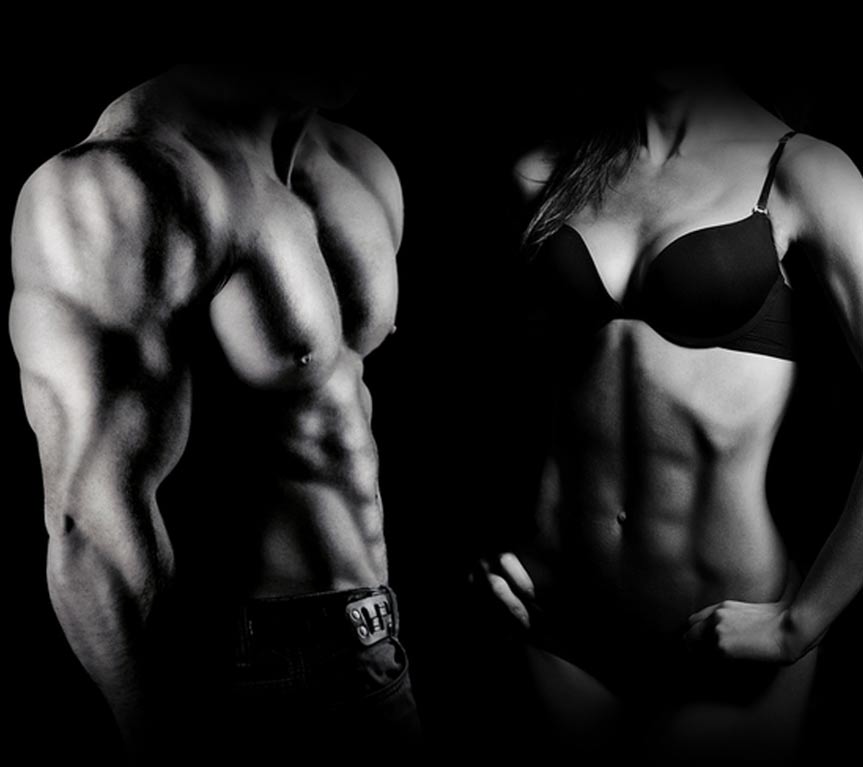 Dear Friend,
Dear Friend,DON'T WANT TO READ ALL ARTICLE CLICK HERE
You train hard, you eat well…it should be enough to keep you in good health and physically and emotionally strong.
Yet, there is a danger lurking in our bodies that's not only hidden from us… but which even doctors are failing to identify.
It affects nearly everybody, no matter how active or sedentary you are, or how old or young you are.
This problem affects not only our body but our whole well-being.
And when I tell you what it is, you'll be shocked…
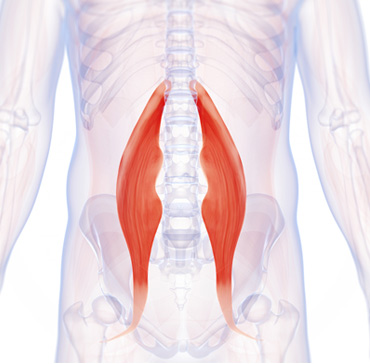 … because it's tight hip flexors.
… because it's tight hip flexors.You see, our hip flexors are the engine through which our body moves. They control balance, our ability to sit, stand, twist, reach, bend, walk and step.
Everything goes through the hips.
And when our hip flexors tighten it causes a lot of problems in ordinarily healthy and active people, like us.
Before I reveal how most people end up having tight hip flexors yet never realize it, let me introduce myself.
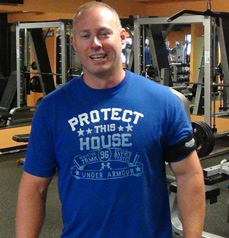 My name is Mike Westerdal and I'm a national best-selling fitness
author, sports nutrition specialist, personal trainer, Iron Man
magazine contributor and founder of the internet's longest-standing
strength site, CriticalBench.com.
My name is Mike Westerdal and I'm a national best-selling fitness
author, sports nutrition specialist, personal trainer, Iron Man
magazine contributor and founder of the internet's longest-standing
strength site, CriticalBench.com.In a moment, I'll reveal to you the 10 Key Moves you need to loosen your hip flexors and unlock the hidden power in your body.
But first, let me explain just how deep-rooted the problem is.
The shocking ways
that tight hips
are holding you back…
that you won’t believe
Here's the truth: Most people don’t realize the cause of their problems is tight hip flexors.The impact the hips had on the whole body never occurred to me until I saw the effect of tight hip flexors had on the health and well-being of my wife after she gave birth.
It was only then that I truly understood the magnitude of the problem.
We're not just talking about a bit of soreness; tight hip flexors are the root cause of problems such as:
- Nagging joint pains in your legs, lower back or hips
- Walking with discomfort
- Hips locking up
- Bad posture
- Trouble sleeping
- Sluggishness in day to day life
- High Anxiety
- Digestive problems
- Compromised Immune System
- Circulatory issues
- Loss of sexual performance
- Lack of Explosiveness in the gym or sports
Tight hip flexors affect nearly everybody, but few realize the impact on your whole body.
Again, everything flows through the hips.
Think of the hips as a barometer. The health and flexibility of your hip muscles are an indicator of the strength and health of our whole body.
And at the very heart of this is the "hidden" most powerful survival Muscle. When this muscle is healthy, we are healthy.
Introducing The Body's Most Powerful, Primal Muscle… … That You've Never Heard Of

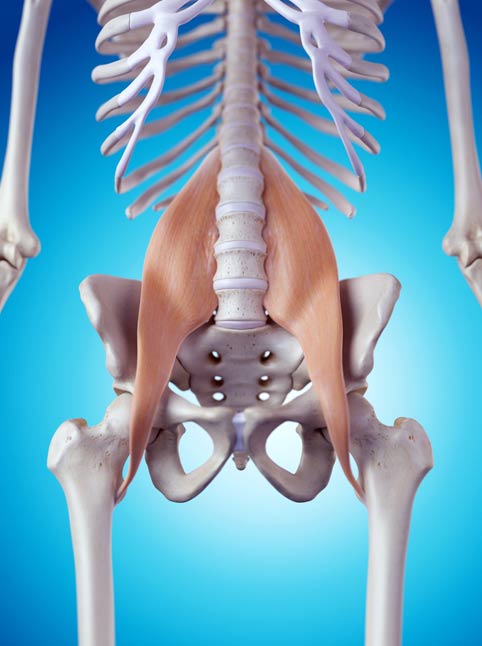
Sitting within the well of your hip and lower spine is the psoas major muscle, one of the two muscles that makes up the iliopsoas.
It’s often called the "mighty" psoas (pronounced so-az) for the many important functions it plays in the movement of your body.
The psoas is the only muscle in the human body connecting the upper body to the lower body.
The muscle attaches to the vertebrae of the lower spine, moves through the pelvis and connects to a tendon at the top of the femur. It also attaches to the diaphragm, so it’s connected to your breathing, and upon it sits all the major organs.
A functioning psoas muscle creates a neutral pelvic alignment, stabilizes the hips, supports the lower spine and abdomen, supports the organs in the pelvic and abdominal cavity and gives you greater mobility and core strength.
When it functions well, it has the power to…
- … help you achieve peak performance day after day after day.
- … rapidly drop ugly body fat that stubbornly clings to your body.
- … train harder, heavier and gain strength faster than you thought possible.
- … hit your peak of sexual health.
- … flood your mind and body with renewed energy and vigor.
And there's one activity, in particular, that's the sworn enemy of your psoas muscle…
CLICK HERE TO SHOP THE PRODUCT
The No.1 activity that's making you weaker,
fatter and is KILLING your sex life
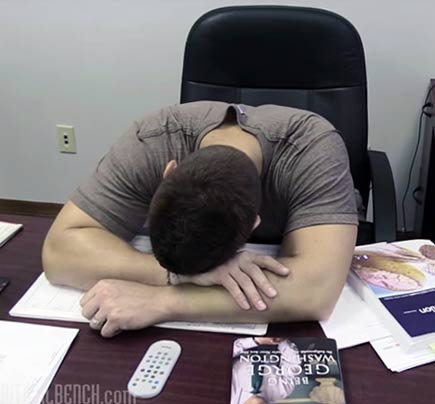
 Even if you're the most active of athletes, you may still suffer
from a tight psoas due to the amount of time you spend each day planted
to a chair.
Even if you're the most active of athletes, you may still suffer
from a tight psoas due to the amount of time you spend each day planted
to a chair.Weakness, shortening and tightness develops in the muscle through sitting for extended periods of time, poor sleep posture and even stress and tension.
Here are 3 ways that sitting is killing your physical and emotional health:
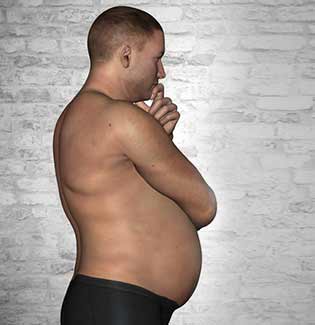
Bulging belly syndrome
Wonder why your stomach still sticks out even though you’re hammering the core exercises every day?
It's a common myth that bulging belly is due to weak abdominal muscles.
The real cause is likely to be tight psoas muscles, which cause the
lower back to curve pushing out the stomach. When the psoas works
properly it pulls the abdomen back tucking the tummy in, giving you a
strong, flat stomach.
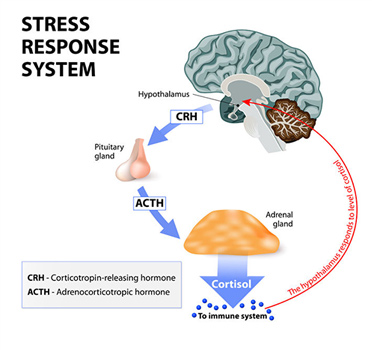
Fat loss inhibitor
As the body's "fight or flight" muscle, your
psoas is deeply connected to our natural survival instinct. It instantly
tightens in moments of danger to either protect you (in a fetal
position) or help you run, fueled by the release of adrenaline. However,
if your psoas is constantly tight, it signals to the body you are in constant danger, leading to overworking of the adrenal glands.
When this happens, your immune system suffers and your body
automatically switches into fat storing mode in anticipation of danger.
Can’t shift that weight? Blame your hips also known as your "survival muscle".

Lack of sexual performance
Sitting all day causes your hips to become
stuck in a forward thrust position. This leads to pulling on the lower
back and decreased blood flow and circulation through the hips and to where it matters.
Sitting is your enemy in the quest to discover peak health,
because of the wide-ranging impact it causes to your most vital muscle.
What your physician ISN'T telling you…
and what they don’t know
Diagnosing tight hip flexors is tricky.
If you've seen a therapist or physician, chances are they weren't able to pinpoint the issue.
Buried so deep within your abdomen, it's no wonder identifying it as the root cause of any of your symptoms is difficult to do.
It's why tight hip flexors are left undiagnosed and untreated for far too long, as physicians look for a simpler explanation.
So understand that this it's not your fault.
However, knowing this hands you the power to finally do something about it before it's too late.
Why "Static" Stretching Alone Isn't the Answer
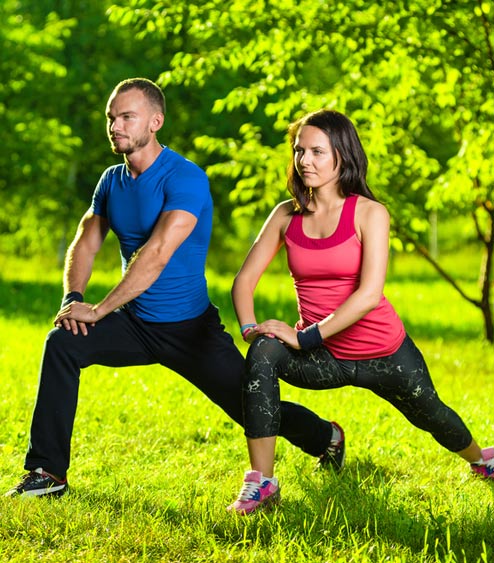
Knowing how to fix your hip flexors is another challenge altogether.
If you trust so-called experts on Youtube and online, they'll have you believe it's simply a case of holding a few static stretches for a period of time to try and lengthen the muscle.
Or rolling around with a tennis ball stuck to your hip (as if that will really make any difference).
It takes more than a tennis ball and foam roller to unlock your hip flexors…and doing it wrong could cause even MORE damage.
The reason few people manage to fix their hip flexors is simple.
It's really a hard area to reach.
If you see how the psoas is attached within your body, it's buried deep inside your core making it tough to access. It's a hard muscle to find, let alone train.
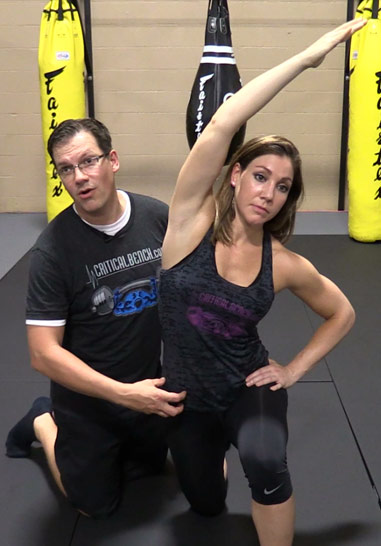
Static Stretching Has Its Place - But The Stretch You See Above Is the Best Stretch To Do In The Morning
So it's little wonder why trying to loosen it
requires more than a simple static hip flexor stretch like the one below
you've probably tried before.
You've probably found you're spending (or wasting) hours of your
time stretching this way only to find it's having minimal effect.That's because you need to attack the muscle from a variety of angles using a variety of exercise techniques and modalities in order to "unpack" the muscle in the right way.
The truth is, you can learn to release your tight hip flexors on your own.
If you think of your psoas as a combination safe lock, there are several numbers that will unlock it but they need to be entered in the right order.
There are a number of specific movements beyond simple static stretching you can use to unlock and loosen your hips, legs and back.

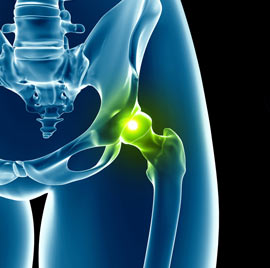
PNF Stretching:
PNF is an acronym for proprioceptive neuromuscular
facilitation. It is a technique where you are activating a specific
muscle in order to relax the muscles around a joint so you can decrease
the stiffness around a joint.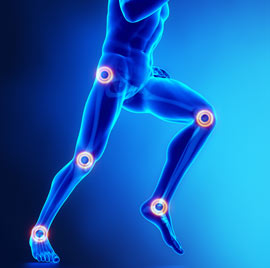
Dynamic Stretching:
This is where you are activating the muscle around a joint
and moving that joint through its full range of motion in a progressive
manner. This leads to an increased range of motion around the joint,
warming up of the muscle around the joint and improved circulation
around the joint. Think of high knees or butt kicks.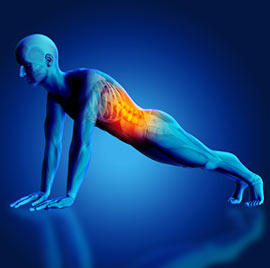
3-Dimensional Core Stability Exercises:
With these exercises we are targeting the muscle in all
planes of movement so the core and abdominal muscles have good
activation, endurance and strength in all planes of movement which leads
to a decrease in unnecessary damaging stress on joints.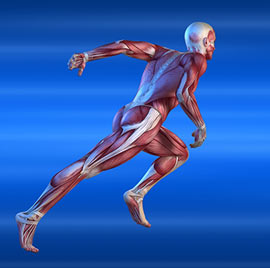
Mobility Exercises:
In these exercises, we are targeting the joint and doing
movements and exercises that help the joint function optimally. This
allows a joint to move more freely.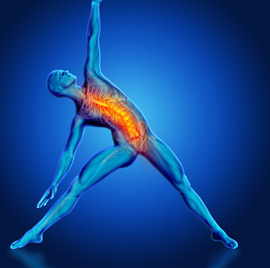
Fascia Stretching:
In this unique technique, we are targeting the tissue that
muscles are surrounded in and working on loosening and lengthening the
fascia. Few people understand the negative effect this tissue can have
on your body.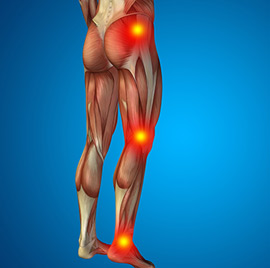
Muscle Activation Movements:
Due to all of our sitting and daily technology use, many of
our muscles are not working properly. With this technique, we're
targeting those muscles that are off and activate them in order to help
the body move more efficiently.
Loosening Your Hip Flexors Can Actually Be Easy
With the SEQUENTIAL FLOW Method
Like unfolding a sheet or unpacking a parcel, opening up the muscles in your hips requires it to be done in the right order.Try to release one muscle before another and you'll add to your tightness. Getting it wrong really can make it worse.
It's why so many people give up trying to fix the problem themselves and believe incorrectly that they have to live with the problem. But hoping the problem will go away by not exercising is just as damaging.
To explain in more detail about this flow, let me introduce you to leading Kinesiologist and Injury Specialist Rick Kaselj, MS.
Rick is "THE" guy fitness professionals go to when they want to learn about the latest techniques to help their own clients. He's given over 352 live presentations to more than 8,152 health professionals in the US and Canada.
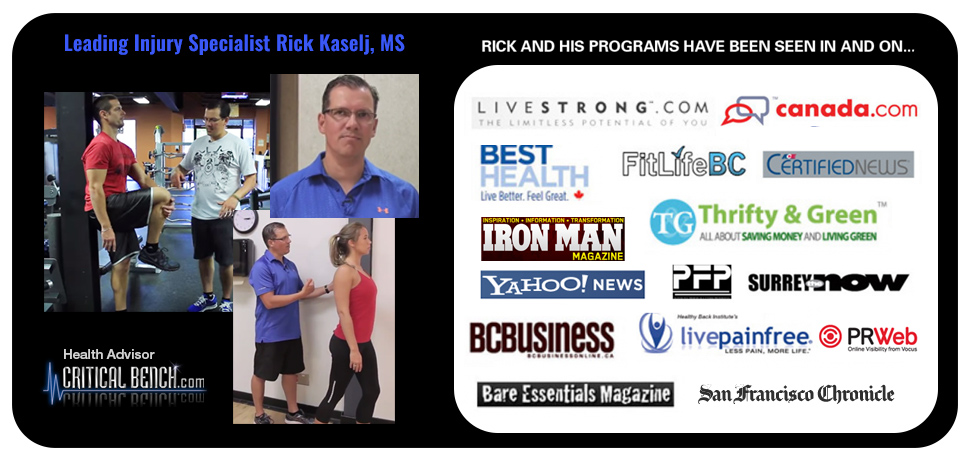 I first met Rick when he helped me fix a shoulder problem. He was
one of the few injury specialists I met who helped athletes by focusing
on getting them back to training, rather than avoiding workouts.
I first met Rick when he helped me fix a shoulder problem. He was
one of the few injury specialists I met who helped athletes by focusing
on getting them back to training, rather than avoiding workouts.Rick showed me what so many other injury specialists hadn't - how to work through the right sequence of techniques to unlock the tension and tightness in my muscles to properly solve the problem.
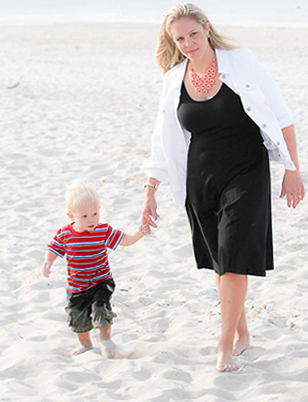
In the days and months following the birth, she experienced pain in her legs and discomfort when walking and sitting. She was struggling to sleep.
In just 15 minutes working with Rick, he'd successfully unlocked her hip flexors so she no longer felt any pain or discomfort that day. She was able to walk without experiencing the nagging pain in her pelvic area. She could sleep better and could start enjoying those precious days with a little one at home.
But Rick's "flow" technique doesn’t only help those in pain.
At Critical Bench, our Head Strength Coach Chris Wilson felt his hip flexors were a little tight (from sitting and answering training questions on facebook too much) and tried the same routine Rick had used with my wife. Within days, Chris successfully increased his deadlift by 35 pounds to finally hit that 500 pound pull he had been training for. All because he got to experience the sequential flow of movements that Rick developed to release his hip flexors.
It’s not about the exercises.
The power of Rick's technique lies not only in what techniques are performed and how well, but in doing these in the proper sequence.
Done effectively, the sequential flow works with your body to
activate its natural healing process, improve flexibility
while adding strength and vitality.
activate its natural healing process, improve flexibility
while adding strength and vitality.
Using the right sequence kick starts an increase in blood flow to the area to clean out metabolites and lactic acid and reduces inflammation while nourishing and rejuvenating the area.
I've seen, with my own eyes, the power of Rick's techniques on my wife and our Head Strength Coach Chris Wilson.
That's why I asked Rick to share with you the very same program so you too can help to unlock your hip flexors and gain all the benefits.
WANT TO TRY THIS PRODUCT


No comments:
Post a Comment